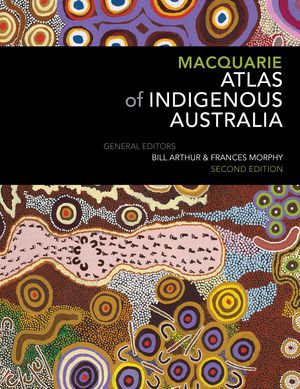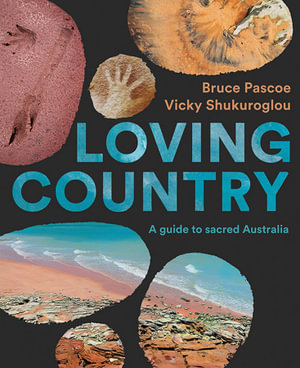


Source: Alessia Francischiello (2018)
Humans place value on a landscape for a number of reasons, usually for its cultural, aesthetic, spiritual or economic importance. Cultural value refers to value as expressed by people through creative means such as poetry, literature, art and films. We can see this in the way in which Indigenous Australians connect to country, or how a community might want to protect a park from development because it is important to the the history of a town. Aesthetic value means valuing a landscape for its beauty or majesty. Example of this include the Grand Canyon in the United States. And economic importance refers to how much money a landscape is worth. This can refer to minerals available for mining, trees available for logging, or the tourism money available. Spiritual value refers to the ways a landscape is important to the religious and spiritual beliefs of a certain group of people. Examples of this are sites that are sacred to Indigenous Australians, such as Uluru. Landscapes can be valued for many things at the same time and might have competing values, for instance, mining companies might value a location as economically important because of its mining resources, but an Indigenous community might value the same landscape for its cultural importance. Read through the resources below to learn more about the value of landscapes, and particularly the value that Indigenous communities put on landscapes in Australia.


 Aboriginal Australia & the Torres Strait Islands : guide to indigenous Australia by
Aboriginal Australia & the Torres Strait Islands : guide to indigenous Australia by  Macquarie atlas of Indigenous Australia : culture and society through space and time by
Macquarie atlas of Indigenous Australia : culture and society through space and time by  Loving country : a guide to sacred Australia by
Loving country : a guide to sacred Australia by